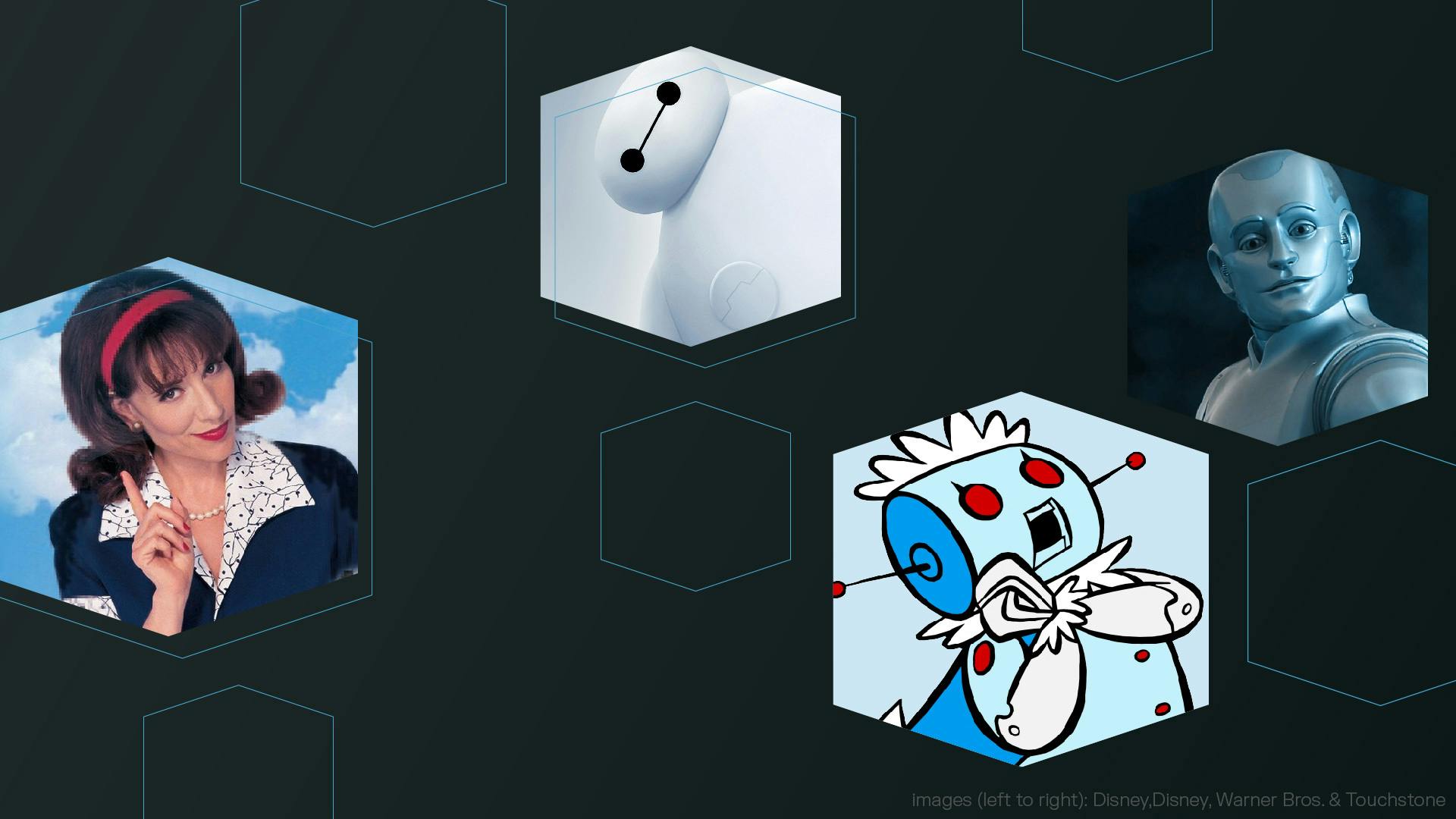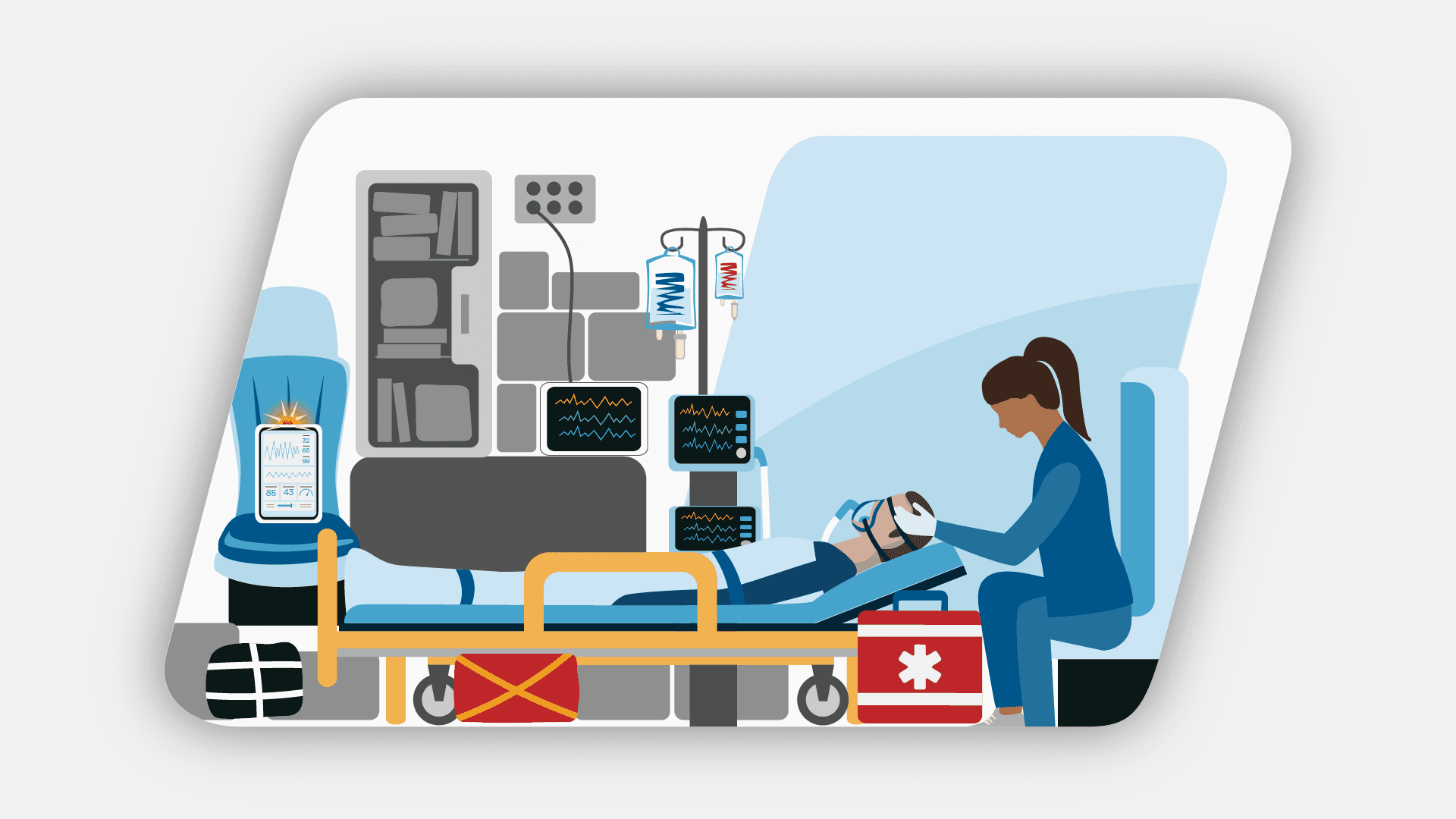Designing Consumer Robotics? Answer These Four Questions First
Convincing discerning consumers to buy a home robot isn't easy. To earn a spot in our homes and our lives, “home bots” (and those designing them) must answer four important questions.
Designing Consumer Robotics? Answer These Four Questions First
Robots have been part of the public consciousness for over a century. One of the best-known might be “Rosie,” the household robotic maid who became famous with the debut of “The Jetsons” in 1962. “Rosie” was loved by the Jetsons for being so helpful in their high-tech lives.
Now that we’re well into the 21st century, we have artificial intelligence in our virtual assistants. Industrial and commercial robots are proliferating (one roams the aisles of my grocery store). We’ll soon have self-driving cars, package delivery sidewalk bots, and lunch delivered by drones.
But why don’t we have friendly robots inside our homes to greet us and help us with daily chores? Why is the bulk of innovation in robotics happening outside the consumer market?
What Is a Robot?
Before we answer that question, let’s answer this one: What is a robot?
I like this dictionary definition: Any machine or mechanical device that operates automatically with humanlike skill. In engineering programs, we’re taught that robots are devices that follow the “sense-plan-act” paradigm.
Robots must therefore: 1) be aware of their surroundings through use of sensors (touch, vision, acoustic, etc); 2) be capable of using these sensor inputs to plan and “think” about next steps using onboard software; and as a result 3) be able to act using actuators of some kind (motors, valves, solenoids, etc). The action must take place in the physical world, which is a distinction from most “smart” devices.
So where are the “home robots”? What’s taking so long for consumer robotics to take hold? As we at Delve have learned, designing robots is doable (but not easy). Convincing discerning consumers to buy them is more challenging. To earn a spot in our homes and our lives, “home bots” (and those designing them) must answer these four major questions:
1. Does Your Robot Meet a Real Need?
When I was an engineer at 4moms, our product development team consisted largely of Carnegie Mellon-trained roboticists. Our task was to develop products, many of them incognito robots, for the express purpose of helping harried parents care for their precious infants.
These “nanny bots” were developed out of a deep understanding of the needs of parents and infants. 4moms’ product offering included robots in the form of a stroller (it can fold/unfold with a button since parents’ hands are often full, has headlights for safety, and can charge your phone); an infant seat developed after measuring the motion of parents when soothing their infants because, well, they can’t do that all day; and another to help with surprisingly difficult task of installing a car seat correctly (four out of five car seats are installed incorrectly). Each product solved a fundamental need and had a thoughtful feature set developed around that need.
While some of these consumer robotics are more “intelligent” and arguably robotic than others, the 4moms rockaRoo was perhaps the most sophisticated of all. It delivered a calming “rocking horse” motion, and the onboard motion control system ensured every “rock” was gentle and smooth. If anything (sibling, adult, dog, etc) were to disrupt movement, its “personality” was sensitive and calm, choosing to ease up and wait patiently until the interruption passed.
This was achieved through the aforementioned “sense-plan-act” paradigm: a custom sensor system was taking hundreds of measurements per second, a fairly powerful microprocessor monitored the sensors and calculated a custom plan for each and every rock, and an innovative drive system delivered each stroke precisely as instructed. The result? Happy babies (and parents)!
Without meeting a specific need or having a special purpose or “killer feature”, many smart, cute robots may have been doomed from the start. Jibo, the social robot that raised $3.7 million on Indiegogo and was hailed by Time magazine as one of 2017’s best innovations, met its demise two years post-launch.
An oft-cited reason Jibo faded away was its attempt to do everything for everyone. Companies who came out with social robots post-Jibo absorbed that lesson and introduced consumer robotics that meet the needs of a specific market — such as ElliQ, which serves aging baby boomers.
2. Can You Keep the Cost Down?
Our Insights & Strategy team tracks global megatrends (trends that will continue to play out over the next five to ten years) to help predict consumers’ future behavior. One megatrend that’s driving the proliferation of tech in our lives is lower-cost electronics. Each year, we’re getting more computing power for our buck. This has allowed for smarter devices at ever lower price points. However, Jibo still retailed at a steep $899. Why?
The reality is that it’s generally easier to make a complex, expensive product than it is to make a simple, low-cost one. If you’re only making a handful of robots, you would use low-volume manufacturing processes and may not spend time simplifying and optimizing the design. But if you expect to sell consumer robotics at higher volumes, a little investment in product development will get you a long way.
Rachio is the company behind a smart controller for sprinkler systems. By making people’s irrigation systems “smart” by leveraging hyper-local weather information and adjusting watering accordingly, they have saved billions of gallons of water since their inception.
With the success of their Gen 1 product, Rachio asked Delve to redesign their product from scratch to be lower cost and ready for higher-volume production. As a result, it now retails for $229, compared to its original $299, even with an upgraded feature set.
A robot has sensors, actuators, and more moving parts than a more mechanically simple tech device. It takes real innovation and ingenuity to achieve the simplest design possible that achieves the product’s end goals. And trust me, a simple mechanical solution will pay dividends once a product is in production — not just in lower cost, but also in product quality and reliability.
Case in point: The 4moms rockaRoo operates using a single motor and super-simple drivetrain developed with a lot of hard work and testing. And Delve’s work on the Aqua Products pool cleaning robot made clever use of a single motor as well, and it still delivers both suction and propulsion.
3. Does Your Product Make Lives Simpler?
While you may want your next robotic product to become a member of the family (like the Jibo), an essential and fundamental goal for all consumer robotics is to make people’s lives simpler. Not everyone has a lot of spare time.
We can see this playing out in another global megatrend, a demand for products that genuinely free up people’s time. If a product delivers on this promise, customers are more than happy to put their hard-earned money toward it. Read more about this megatrend, called Quest for Convenience.
Your high-tech gadget should meet users’ needs with little-to-no setup, maintenance, hiccups, or hassle. And thoughtful design can ensure that it blends seamlessly into the life and daily routine of the user. iRobot’s success with its Roomba product line is a testament to its robotic vacuum’s ability to do its job quietly in the background, unsupervised, and with minimal fuss.
Likewise, the PetSafe Smart Feed pet robot that Delve designed makes pet-feeding automatic, and can even automatically reorder food via Amazon Dash Replenishment. “Life-Saver!” and “This Feeder Has Saved Our Sanity” are the kinds of reviews it brings in regularly — and they’re the kind you want to see for any consumer robotics product. We can’t speak for Roomba, but the team who designed the PetSafe Smart Feeder drew on insights from user research to make sure it would fulfill pet owners’ specific, unmet needs. Research, design, and engineering were aligned from the start.
4. Is the Design User-Friendly?
No thanks to the countless sci-fi movies about robots gone rogue, there’s some reluctance from the general public to embrace robots at home.
Isn’t it ironic, then, that some of the first self-driving car designs are actually described as being “huggable”? The designers of these cars have intentionally (and successfully) removed power and aggression from the cars’ visual design language and behavior. Likewise, the design of any consumer robotics product should start with an approachable, user-friendly aesthetic. The design and behaviors that create their “personality” should be gentle, kind, patient, and non-offensive.
How is this done? Use forms with softened edges. Use calm, inviting colors and materials. Design the robot to work quietly and invisibly in the background without interrupting the lives of those around it. For example, a valuable trick that Roomba and others have learned is to navigate themselves back to their charging docks when their batteries are low.
If user interaction is one of the primary purposes of the consumer robotics product, consider subtle anthropomorphism to give the robot a lifelike feel. Getting this right is not easy, which is why experts from fields like cognitive psychology, anthropology, human-computer interaction (and even English majors!) find their way into product design. If it’s not self-evident, the world is not yet ready for humanoid robots. Steer clear of the ”uncanny valley”!)
The Future Is … Rosie?
While “Rosie” is still a long way off, special-purpose bots are gaining traction in the market. According to a study from Juniper Research, more than 74 million consumer robots are expected to be shipped in 2024, an increase from about 28 million in 2019.
Here at Delve, our talented team of designers, engineers, and yes, roboticists and cognitive psychologists et al., are ready to solve these quandaries and “bring to life” your next consumer robotics product. Drop us a line!
This article was written by Aaron Pavkov.
Learn more about Product Development Engineering Services from Delve.






